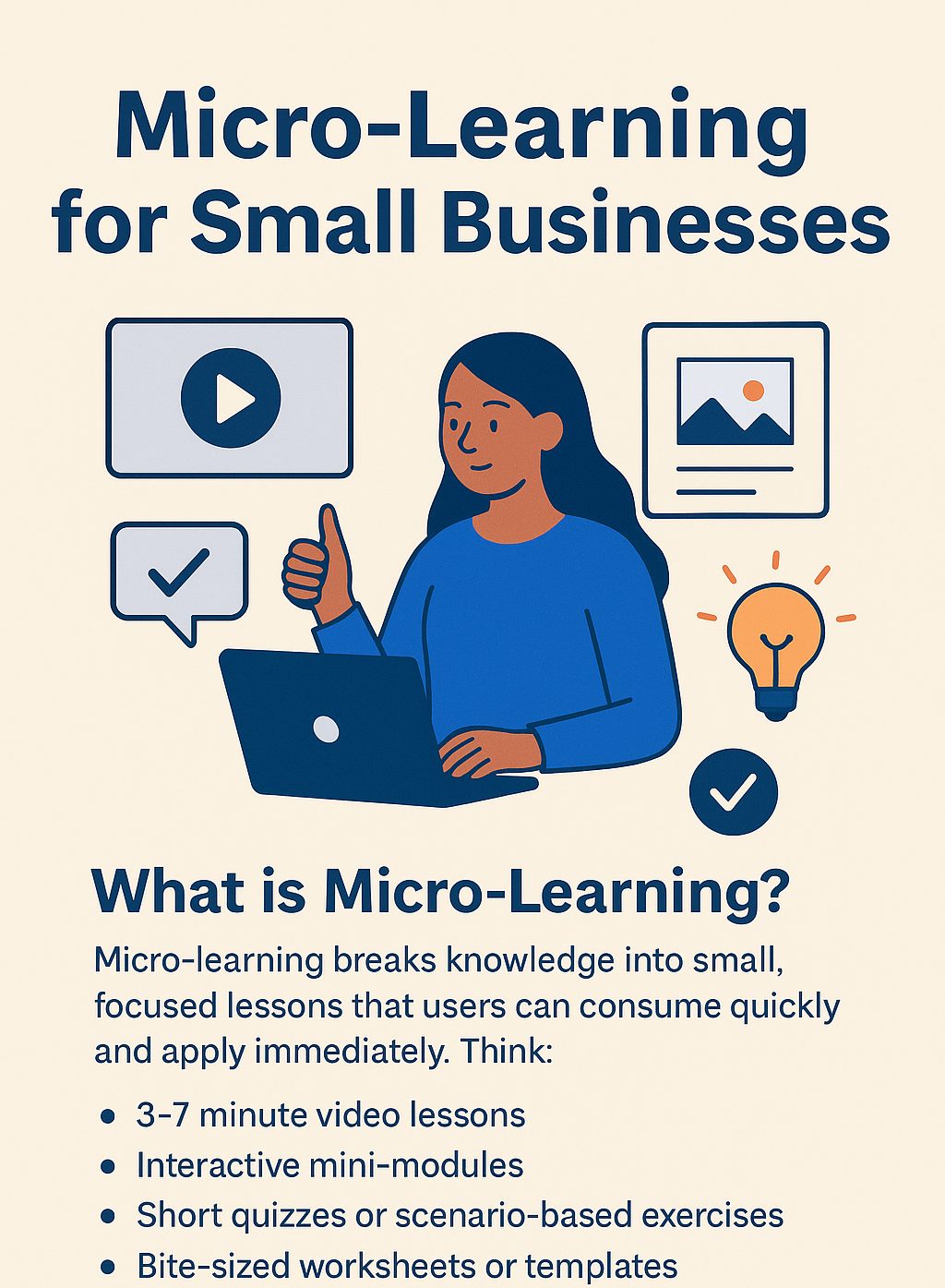
The Hidden Costs of Cheap Websites
A $500 website might look like a deal, but cheap web design comes with hidden costs—lost leads, weak SEO, security risks, and expensive rebuilds. Learn what you’re really paying for and why investing in a professional site saves money long-term.

Mobile-First Design Isn’t Optional Anymore: What Your Site Needs to Work on Any Device
Over 60% of web traffic now comes from mobile devices, making mobile-first design essential for every business website. A mobile-first approach ensures your site loads fast, looks great on any screen, and delivers a seamless experience that keeps visitors engaged and improves your Google rankings.

Micro-Learning for Small Businesses: Annual Guide 2025
Micro-learning for small businesses is transforming how companies educate customers and train teams. In a world where attention spans are shrinking and competition for engagement is at an all-time high, the way we teach, train, and share knowledge has to evolve....
Top Three Things Your Site Needs Now
Your website isn’t just an online business card anymore. It’s the first impression most people get of your brand – and in today’s world, that impression has to be fast, clear, and easy to act on. If even one piece is missing, you’re losing potential customers...


